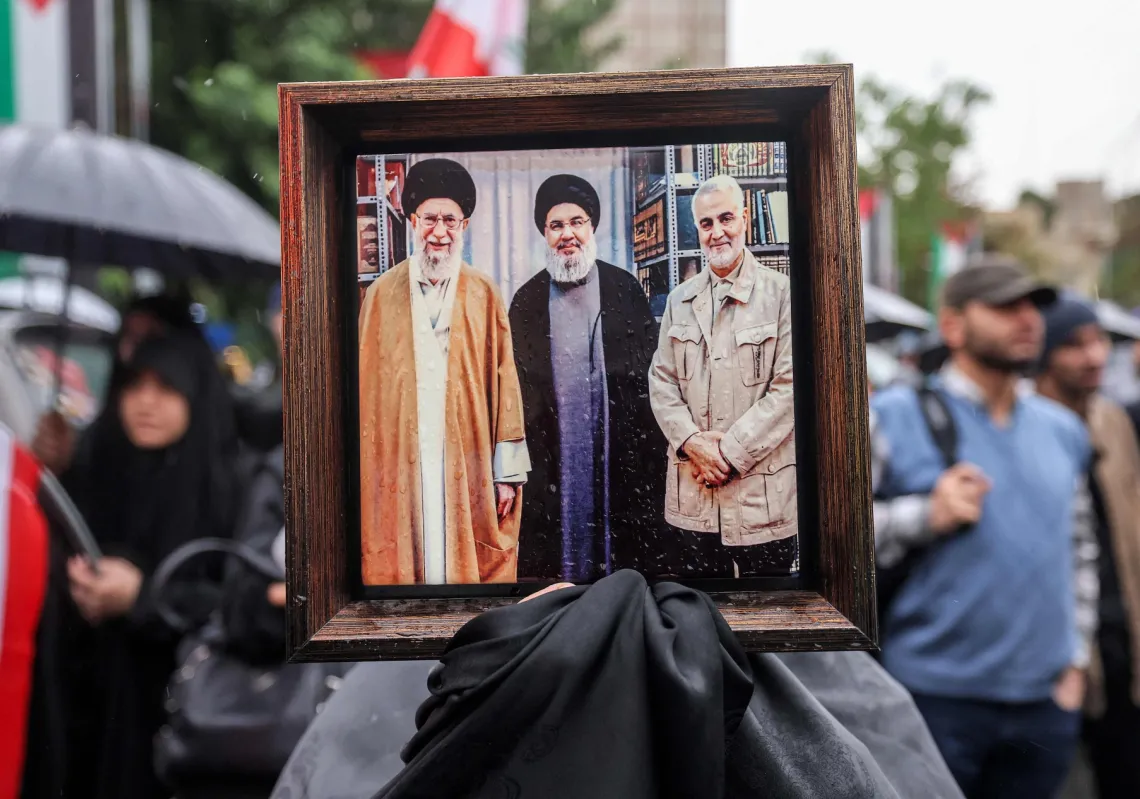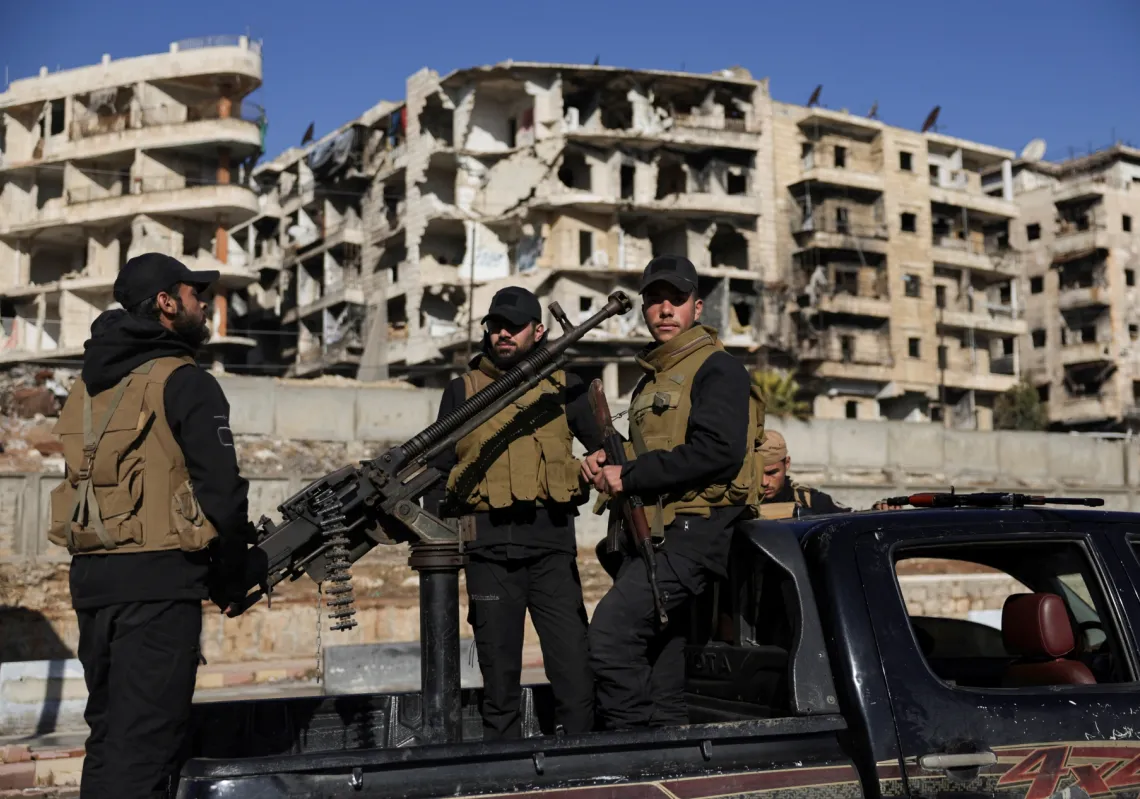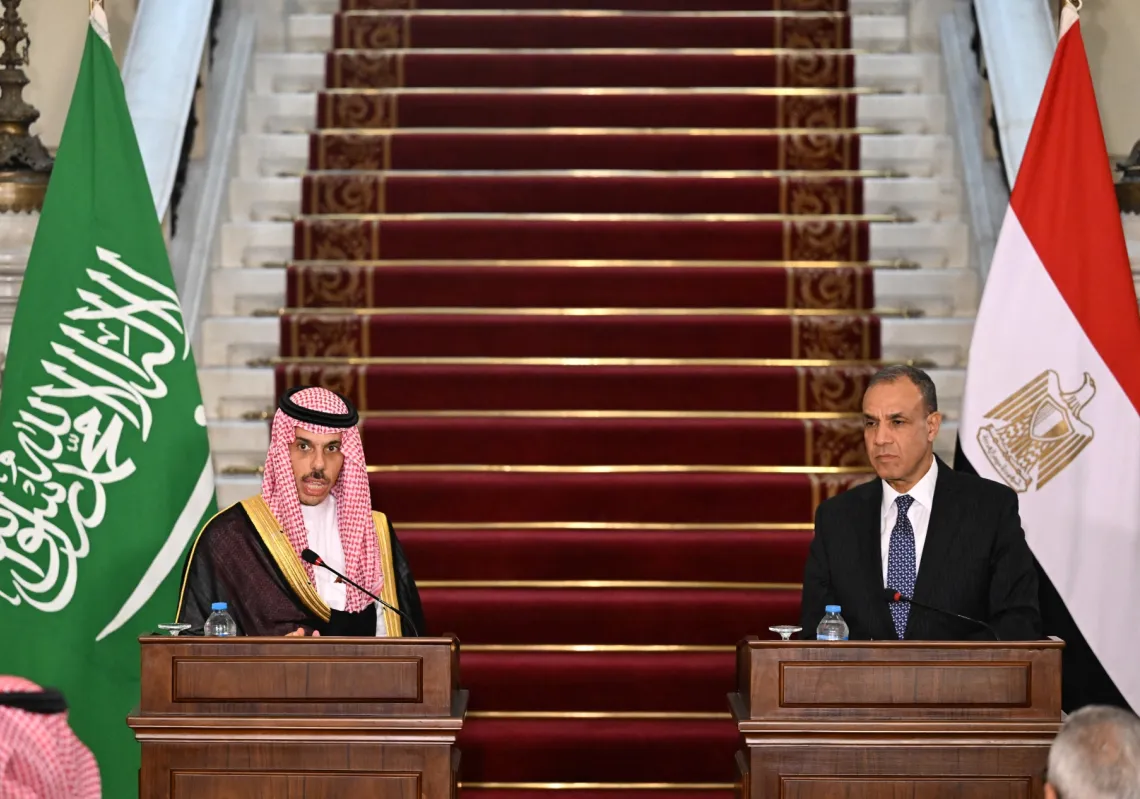Ismail Haniyeh’ assassination in the heart of the Iranian capital when he was supposedly under the protection of the powerful Revolutionary Guards is but the latest in a long line of Israeli killings in the Islamic Republic.
A former prime minister and chairman of Hamas’s political bureau, Haniyeh’s assassination on 31 July came as no surprise given Israel’s pledged to hit the group’s top leaders since Hamas attacked southern Israel on 7 October 2023.
Many of his colleagues have been killed in similar fashion. Hamas founder Sheikh Ahmad Yassin, and his successor Abdul Aziz al-Rantisi, were killed within three weeks of one another in 2004.
Crossing red lines
Haniyeh’s killing was notably for being so deep within Iranian territory, right in the heart of the capital on Inauguration Day, hours after the country’s new president Masoud Pezeshkian was sworn in.
Just months after Israel bombed the Iranian consulate in Damascus, killing several senior Iranian generals inside, this may have been yet another ‘red line’ that Tel Aviv has seemingly crossed.

In 2021, Israel’s then Prime Minister Naftali Bennett revealed that Israel’s Mossad spy agency had kidnapped and interrogated an Iranian general to discover the whereabouts of Israeli airman Ron Arad, who was last heard from in 1988.
Bennett’s announcement was an anomaly, given Israel generally keeps quiet about its operations in Iran, which has led to a degree of speculation over the years, not least when it comes to cyber-attacks and assassinations of Iranian nuclear scientists.
Using digital weapons
The beginning of Israel’s unconventional warfare began in June 2010, when the Stuxnet computer virus was developed by Israeli programmers and made its way into Iranian IT systems at the Bushehr nuclear power plant before spreading, infecting 30,000 computers across 14 Iranian facilities.
In April 2011, a new virus named Stars was exported to Iranian nuclear plants. Half a year later, in November 2011 third-generation virus Duqu was unleashed.













